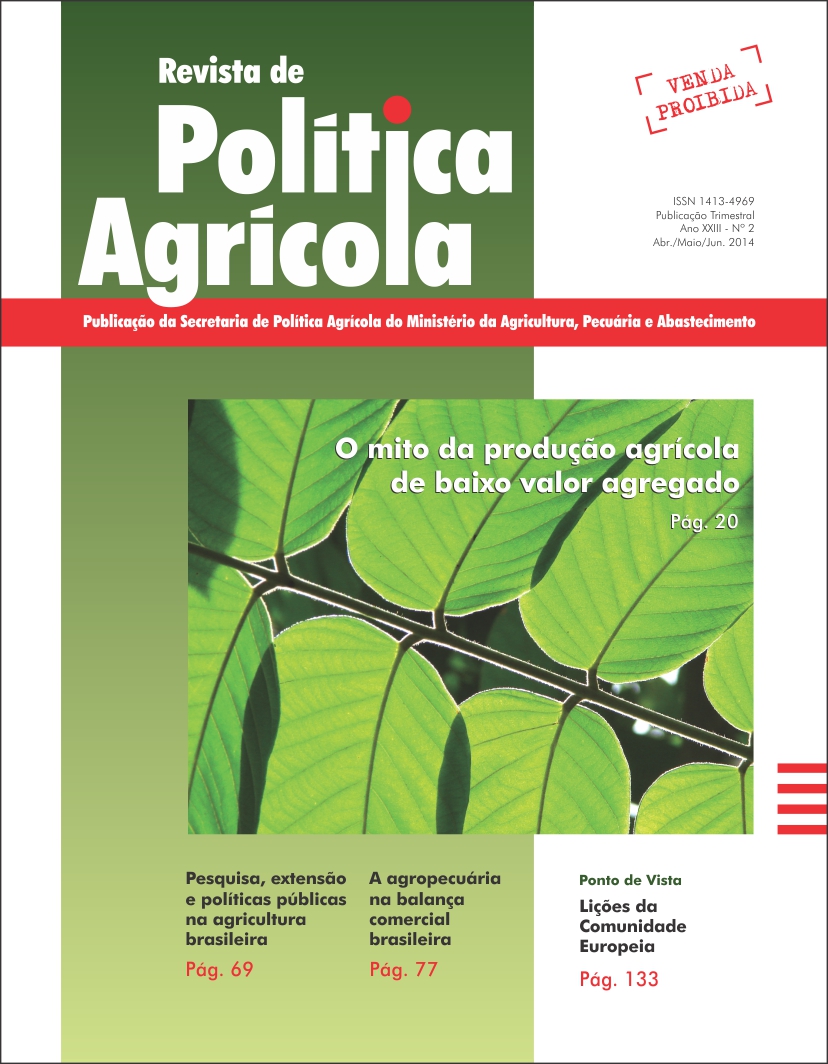Geographical indications in developing countries: potentials and challaenges
Keywords:
information asymmetry, public policies, origin productsAbstract
This article discusses some of the main factors that affect value aggregation and market penetration for products with geographical indications (GI) in developing countries, based on the Brazilian experience. It is argued that both the value added to GI products, and the development of domestic and international markets for these products, in the context of developing countries depend on synergic action at three levels: a) commodity chain, through the negotiation of vertical and horizontal alliances; b) organization of the GI sector, through its collective action; and c) the State, based on the support of these initiatives and the promotion of GI concept and products.Downloads
Published
2014-08-08
How to Cite
Mascarenhas, G., & Wilkinson, J. (2014). Geographical indications in developing countries: potentials and challaenges. Revista De Política Agrícola, 23(2), 103–115. Retrieved from https://rpa.sede.embrapa.br/RPA/article/view/918
Issue
Section
Artigos Científicos


